Precode 101: What is it and Why Should You Watch it?
After becomming interested in classic films a few years ago, I noticed most people haven’t seen a Precode film and even more don’t have an understanding of what made this era so great. So, below is an overview of Precode history, why it is essential viewing and my top picks.
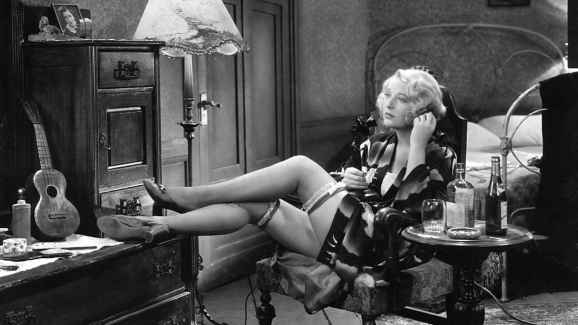
The History Lesson
By 1927, directors and movie moguls had all come to the same conclusion, sin sells and they used this philosophy to its full potential. It took pioneer film-makers Cecil B. Demille and Eric Von Stroheim as well as countless others to make Washington and religious leaders realise they had a problem. While Hollywood was becoming a booming and extremely profitable industry, on screen movies were filled with tales of degradation, poverty and violence sprinkled between stories of illicit relationships, greed and orgies. When the era of the talky rolled around legislative and social leaders had had enough. It was clear, studio heads were using scandalous and forbidden subjects to lure audiences into watching and, thus, creating huge profit, but how to stop it? While they were supposedly planning harsh methods of cutting Hollywoods wings, the moguls counteracted with a ‘solution’ of their own. The Motion Picture Production Code or Hays Code appeared to do a similar job of state introduced legislation; it was a set of self imposed guidelines governing film production with Postmaster General Will Hays and his staff at the helm. Basically, it decreed no sex (or sexual topics), nudity, violence, drugs, sex perversion (gay and lesbian characters) or white slavery is permitted to be shown on screen. However, there was a small clause that directors exploited: the main character could do all these terrible things – cheat, steal, have affairs – only if they were punished at the end. To everyone outside of Hollywood this seemed perfect – the code would control a director’s power and prevent more severe legislation from governments. But, what most people didn’t know was that Hays and his team were paid and funded by the movie makers, not Washington, and answered completely to the moguls.
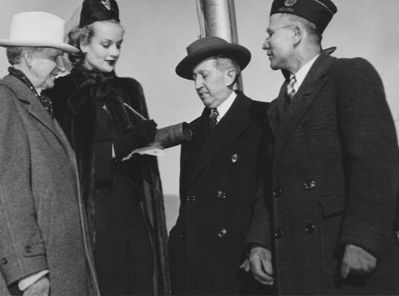
On its surface, the code was foolproof, but deeper it was hollow and pointless; moreover without the threat of government intervention filmmakers responded by going further than before to show the reality of a world increasingly becoming affected by financial depression, a burgeoning sexual revolution, lack of employment and growing organised crime. Therefore, between 1929 and 1934 the Precode era was born filled with more adult entertainment and a realistic viewpoint on society.
Why Watch?
Like most film eras, watching and liking Precode is a matter of personal taste. I, for example, I hate the 60’s new age films and can’t stand those boring spaghetti Westerns; so I understand that not all people will love Precodes like I do. My top reason for watching this era is also as subjective, basically, for the adult content. After, watching hours of G-rated family movies from the 1950’s it is refreshing to sit down and view a realistic take filled with juicy plotlines and heavy subject matter. Plus, it is simply entertaining to watch sex, violence and rock and roll. The appearance of these movies is also breathtaking; the women are always immaculately groomed with tight long, silky gowns and thick furs and the men with their dapper suits and top hats. They are, most of the time, joyous and fun filled, crammed with raucous, champagne saturated parties and loads of dancing. The last point in Precode’s favour is time. Most films are around an hour long, so they aren’t as time-consuming as the more modern 2 to 3 hour flicks.
Top 5 Precode Flicks:
If you want a taste of this era but don’t have a lot time here’s a short list of the Precode must-haves:
1) ‘Im No Angel’ (1933) – Mae West and a young dapper Cary Grant. Need I say more? If I include the backdrop of a travelling circus, Mae as a dancer/ lion-tamer/gold-digger and lots of witty dialogue and sexual innuendo, it’s even better.
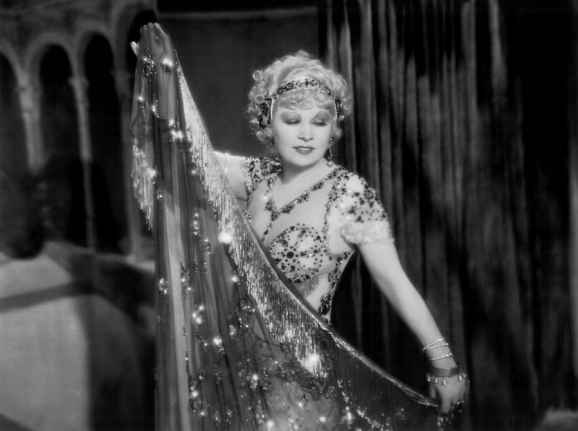
Top Scene: Mae West is in court suing Cary Grant’s character for breach of promise. She spends her time making jabs at former lovers, seducing the judge and all the jury as well as constantly fluttering her eyelashes and strutting provocatively.
2) ‘Female’ (1933) – This film, as the title suggests, is more for the women viewers. The wonderful queen of Precode, Ruth Chatterton, plays a ruthless head of a car manufacturing company. She is strong, resourceful, fashionable, the modern woman. Her love of business is equal to her love of men and she continues by seducing and disposing of all the men in her office. Ruth’s character sounds we’ll say ‘dislikeable’ from this description, but overall she is sincere, generous and searches for what every woman wants true love. A complicated, lovely movie.
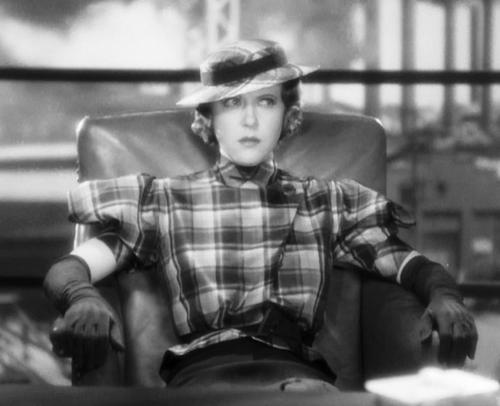
Top Scene: Probably the whole movie. But if I have to narrow it down, I would have to say the opening ten minutes – it shows her strength, brains, ability for kindness and treatment of men all in one scene. Brilliant!!
3) ‘Gold-diggers of 1933’ (1933) – this is absolutely a Precode staple and for anyone who loves a great, light musical. It’s got the best acting talent – Joan Blondell, Warren William, Dick Powell, Ruby Keeler, Ginger Rogers and the much overlooked Aline McMahon.
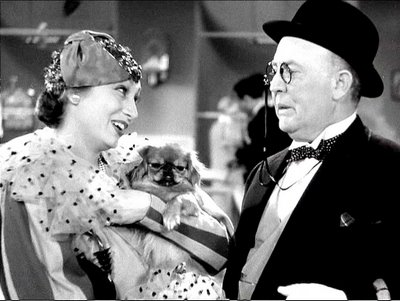
Top Scene: Joan and Aline decide they would like to have a little fun with Warren and his lawyer (played by Guy Kibbee) who feel they, as showgirls, are just ‘parasites’ and ‘gold-diggers’. They talk them into buying them expensive clothes, trick them into paying for lunch and seduce them with lots of laughs and alcohol.
I warn viewers that the next two are not for the faint hearted. My next choices are Precode must-haves and are often referred to as the most depraved, sinful and sexual films of the entire era.
4) ‘Baby Face’ (1933) – If you loved Barbara Stanwyck in ‘The Lady Eve’ and ‘Balls of Fire’ I would think before you watch her in the startlingly frank, ‘Baby Face’. She plays a poor working girl, whose father has (it is suggested) made her work as a sort-of prostitute since puberty. After, an old man and regular at the bar she works at teaches her how to get out of poverty by ‘using men to get the things you want’ she travels to the big city to use that philosophy to become a millionaire. Basically, this is what she does – Barbara becomes employed at a large investment firm and literally sleeps her way from one floor to the next. Watch out for an early shot of John Wayne.
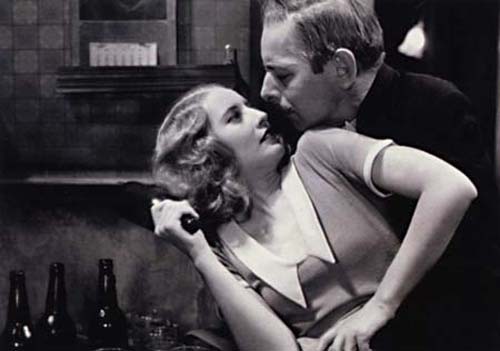
Top Scene: There are a lot of interesting scenes in this film – most of them sinful – but the best one is when the old man is telling Barbara how to get out of poverty and you find out what he is alluding to and what is to come.
5) ‘Red-Headed Woman’ (1932) – Another film in the same league as ‘Baby Face’ with Jean Harlow playing an unapologetic gold digger with the goal of seducer her married boss into divorcing his wife to marry her. There are countless suggestive scenes, innuendos and bed-hopping by the divine Harlow. It is entertaining and appalling all at once. It is most shocking because, unlike ‘Baby Face’, the main character isn’t punished or redeemed for her actions as the Hays Code said was mandatory.
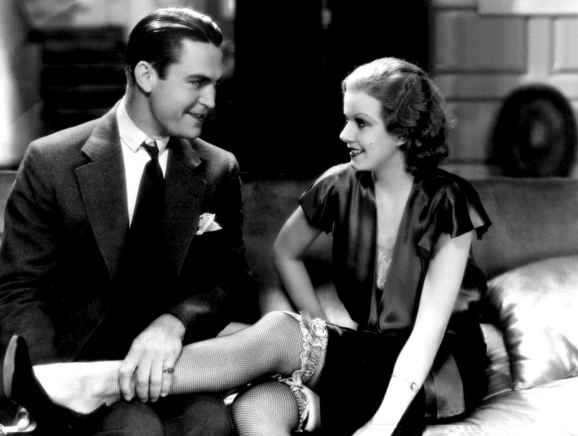
Top Scene: Probably, the most appalling and famous, is when Chester Morris’ character is trying to stop Jean from interfering with him and his marriage. He locks the door and begins throwing her around the room. She lunges for him and he slaps her away. She yells, “Keep going, keep going, I like it.” The audience then gets a shot of the door with her crying and whimpering as he bashes her some more.
Happy Watching!
What do you think? Leave a comment.











What an awesome topic. I have seen 2 of this list and will have to hunt down the others. I have always had a “mad on” about mindless sensorship, and movies like comics in the 50’s have suffered horribly.
this is the kind of film info i enjoy, particularly when modern films are covered to death.
thanks much!
Thanks, I think Precodes are very underrated. Everyone should watch at least one in their lives.
Thank you for introducing me to this era. I am so going to watch a flick tonight!
Thanks and I hope you enjoy it 🙂
This is a really cool piece! I’ve seen a few older films from different eras, but had never known quite when the line was drawn and films started getting somewhat “stuffy.” I’m curious, do you know of any early European cinema developing any similar codes or restrictions like Hollywood?
I haven’t had much of a look at early European films. I always assumed considering Hedy Lamarr’s racy Czech film Ecstacy (1933) and several others that became notorious in Hollywood, that there were minimal restrictions. I will have to research it.
I find this topic very interesting as I even gave a presentation on the subject in my high school years. I actually fell on the other side of the argument for the Hays Code however, as I do feel like it was a code that enabled and encouraged filmmakers to be more creative. Some really familiar film traditions were formed because of the Hays Code (i.e. smoking after sex) and there are some great scenes in film history that may not have existed if it weren’t for these certain restrictions, like the scene in On the Waterfront when Marlon Brando tries to put a glove on that doesn’t fit.
This is a very interesting topic. I love pre codes too, even though I don’t know much about them. In many cases I feel people like to see realistic portraits in films, so they can identify with the characters. Immaculate and heroic characters might be very interesting to see and give us good examples, but they simply aren’t us. We would love to be like cinema heroes, but we know very well we aren’t. Moreover, pre code films are a valuable tool to understand the effects of Hays Code. If those effects are good or bad, it is all about personal taste, but it can’t be denied this code resulted in many changes in film making. Some people may think the pre codes are all about American culture, which is true, but it also has much to do with standards of films that exist until nowadays. So, seeing things under this perspective enable me to say that pre codes are even beyond specific countries and cultures.
Awesome article. I look forward to read more. Congratulations!
Thanks Paula. I love your blog, Lillian Gish is one of my favourite silent ladies
Lilian Gish is a feast for the eyes. Her acting, her personality in and off screen are wonderful. A great posture! I am happy this adorable woman lived nearly 100 years in a very peaceful and nice way. She rocks!
By the way, I love Mae West. It’s so sad she is not as known as she deserved nowadays. Weren’t for the code her career would surely be long-lasting. West and Betty Boop were among the main victims of it and we´ve lost the chance to see two very talented artists in action.
I agree I have a collection of Post-code Mae West films (including the very odd Myra Breckinridge) and they dont have the sparkle of her Precodes.
Woah. I had no idea this genre even existed back then. Def. will try to check some of these out!